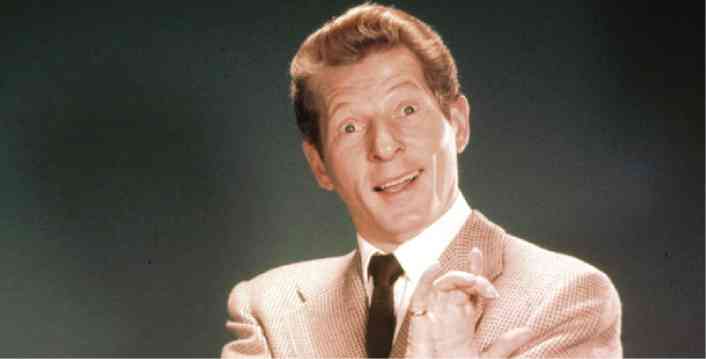Forgotten comedy icons deserve retroactive recognition
Literally hundreds of stars have won our hearts on the silver screen, but only a few deserve to be remembered in a special way due to their unique appeal and achievements.
Ironically, some of these especially luminous luminaries have been forgotten in the course of time, so it’s important to new generations of film buffs to give them the belated and retroactive recognition they’re entitled to.
Topping our stellar list is the iconic ’40s and ’50s comedian, Danny Kaye. He “pioneered” in the goony, spastic kind of “physical” humor that also characterized the Marx Brothers’ “slapstick” comedy style, and presaged the similarly antic and spastic humor made popular again decades later by Jerry Lewis and, more recently, Robin Williams and Jim Carrey.
—That’s a rather long comedic “lineage,” which indicates that Kaye’s kind of humor is consistently funny to a wide range of people, no matter how old or young they are.
To be sure, there are comedy aesthetes who prefer more cerebral and less physical humor, but the antic, frantic likes of Danny Kaye are still major contributors to, and definers of, what we think is funny, and what makes us loudly laugh!
Onscreen persona
Viewers who want to acquaint or reacquaint themselves with Kaye’s comedic onscreen persona should look up his quintessential, signature starrers, like “The Secret Life of Walter Mitty,” “The Inspector General,” “Hans Christian Andersen,” “White Christmas,” “Knock on Wood,” “The Court Jester,” “Me and the Colonel” and “The Five Pennies.”
Another major exponent of screen comedy who’s been forgotten by most movie buffs is Buster Keaton. Unlike Kaye, who espoused slap-happy humor, Keaton took his performing cue more from the sad, “fall guy” likes of Charlie Chaplin—but took his glum view of life to even more mordant and “comedic-tragic” extremes.
His signature performing face was an unmoving and unmovable mask of endurance and resignation, like he expected bad things to happen to him at all times, so he was pathetically preparing himself for the tragic eventuality.
Keaton also specialized in “acrobatic” comedy (again like Chaplin), and was famous for hanging out of skyscraper windows and long flagpoles at great risk to life and limb—and making it funny! A good Keaton film sampler should include “The General” and “Seven Chances.”
What about female exponents of exceptional TV-film comedy? They turn out to be more varied in their favored ways of making viewers laugh: Lucille Ball was like a female Danny Kaye (like him, she was a redhead), practically splitting her gut to get a guffaw.
Many Tyler-Moore specialized in “the comedy of ordinary life”—nothing all that far-out and forcing-through. Roseanne Barr was big, blustery and swore like a truckdriver.
On the other hand, in “Moonlighting,” the lovely Cybil Shepherd (with Bruce Willis) made deadpan, sophisticated humor the way for young-with-it urbanites to go.
But, perhaps the most unexpectedly beautiful and droll female humorist of them all was—the fabulous Kay Kendall!
